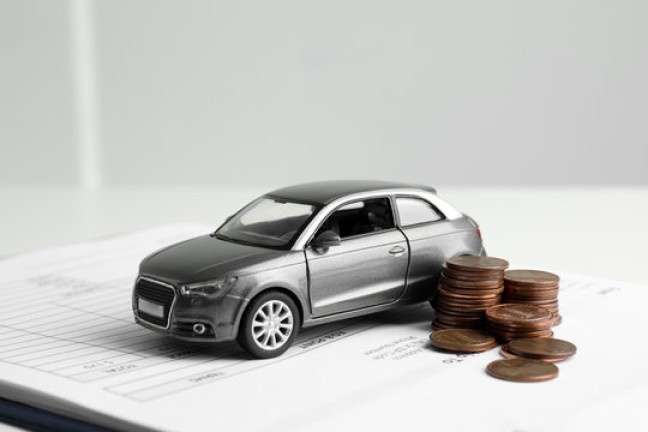Buying a car on finance seemed like the best decision at the time. I needed a vehicle, and spreading the cost over a few years made sense. But what happens when that car turns out to be faulty? I found myself in that exact situation, and I learned a lot about my rights, responsibilities, and the options available to me. If you’re facing the same issue, this guide will walk you through the process of dealing with a defective vehicle purchased on finance.
Table of Contents
Understanding Your Consumer Rights
When I discovered the problems with my car, my first question was: what are my rights? The answer depends on consumer protection laws, the type of finance agreement, and the severity of the faults.
The Consumer Rights Act 2015
In the UK, the Consumer Rights Act 2015 provides strong protections for buyers. Under this law:
- If the car is faulty within the first 30 days, I had the right to reject it and get a full refund.
- If the fault appeared within the first six months, I could request a repair, replacement, or refund. The finance company had to prove the fault wasn’t present when I bought the car.
- After six months, I had to prove the fault existed at the time of purchase to get a refund.
This table summarizes my options:
| Timeframe | My Rights |
|---|---|
| 0-30 days | Full refund if the car is faulty |
| 31 days – 6 months | Repair or replacement; full refund if repair fails |
| 6+ months | Repair or replacement, but I must prove the fault existed at purchase |
Determining the Type of Finance Agreement
The next step was checking my finance agreement. Different types of finance affect how I could proceed.
Personal Contract Purchase (PCP)
A PCP agreement meant I didn’t own the car outright until I made the final balloon payment. The finance company was the legal owner, making them responsible for addressing faults.
Hire Purchase (HP)
With HP, the finance company also owned the car until I completed all payments. This meant I could take my complaint to them rather than the dealership.
Personal Loan
If I used a personal loan to buy the car, I had to deal with the dealer directly. The lender wasn’t involved in the dispute.
This table helped me understand who to contact:
| Finance Type | Who to Contact |
|---|---|
| PCP | Finance company |
| HP | Finance company |
| Personal Loan | Car dealer |
Reporting the Fault and Seeking a Resolution
Once I knew my rights and finance type, I reported the problem. It was crucial to document everything. I wrote an email to the finance company detailing the issues and included photos, videos, and receipts of repairs I had already attempted.
Step 1: Contact the Dealer and Finance Company
Since I had a PCP agreement, I contacted both the dealer and the finance company. The dealer initially offered a repair, but I wanted a refund since the fault was severe. The finance company reviewed my complaint and agreed that I had grounds for a claim.
Step 2: Requesting a Repair, Replacement, or Refund
The next step was choosing whether I wanted a repair, replacement, or refund. Since the faults were significant, I pushed for a refund. However, if the defects were minor, a repair might have been a more practical option.
| Option | Pros | Cons |
|---|---|---|
| Repair | No need to find a new car | Might not fix the issue fully |
| Replacement | Could get a working car | Limited by dealer stock |
| Refund | Full financial recovery | Finding a new car can be stressful |
What If the Dealer Refuses to Help?
Sometimes, dealers and finance companies refuse to cooperate. In that case, I had additional options:
Escalating to the Financial Ombudsman
Since I had a finance agreement, I could complain to the Financial Ombudsman Service (FOS). They reviewed my case and ruled in my favor, forcing the finance company to refund me.
Using Section 75 Protection
If I had paid more than £100 on a credit card, Section 75 of the Consumer Credit Act provided extra protection. My credit card company could step in and issue a refund.
Taking Legal Action
As a last resort, I could take the matter to court under the Small Claims Court for cases under £10,000.
| Action | When to Use |
|---|---|
| Financial Ombudsman | If the finance company is unhelpful |
| Section 75 Claim | If I paid with a credit card |
| Small Claims Court | If all else fails |
Preventing This Issue in the Future
While I was able to resolve my case, I wanted to avoid this headache in the future. Here’s what I learned:
1. Conduct a Thorough Inspection Before Buying
I should have checked the car more carefully. Using an independent mechanic would have helped identify potential issues.
2. Check the Vehicle History
I now always use a service like HPI Check to see if a car has been written off or has outstanding finance.
3. Buy from Reputable Dealers
I avoid untrustworthy dealerships and stick to those with good reviews and strong warranties.
4. Keep All Documentation
I keep all emails, receipts, and reports. Documentation was essential when filing my claim.
| Prevention Step | Why It’s Important |
|---|---|
| Inspection | Helps identify faults early |
| Vehicle History Check | Avoids buying a problematic car |
| Reputable Dealer | Reduces risk of fraud |
| Documentation | Supports claims if issues arise |
Conclusion
Buying a faulty car on finance was a stressful experience, but knowing my rights helped me get a fair resolution. If you’re in a similar situation, act quickly, document everything, and escalate your complaint if necessary. By understanding your finance agreement and legal protections, you can navigate this situation with confidence and avoid future pitfalls.





